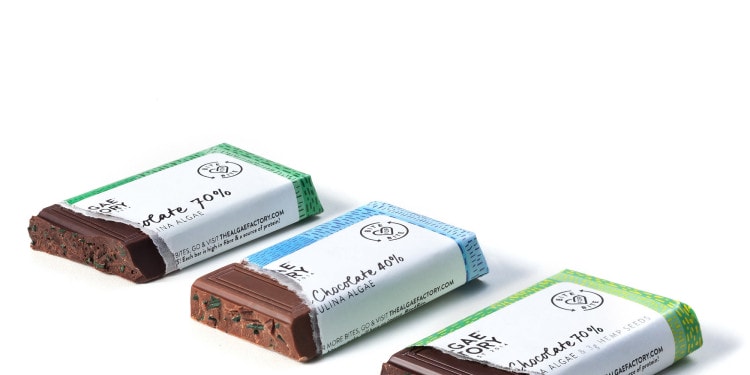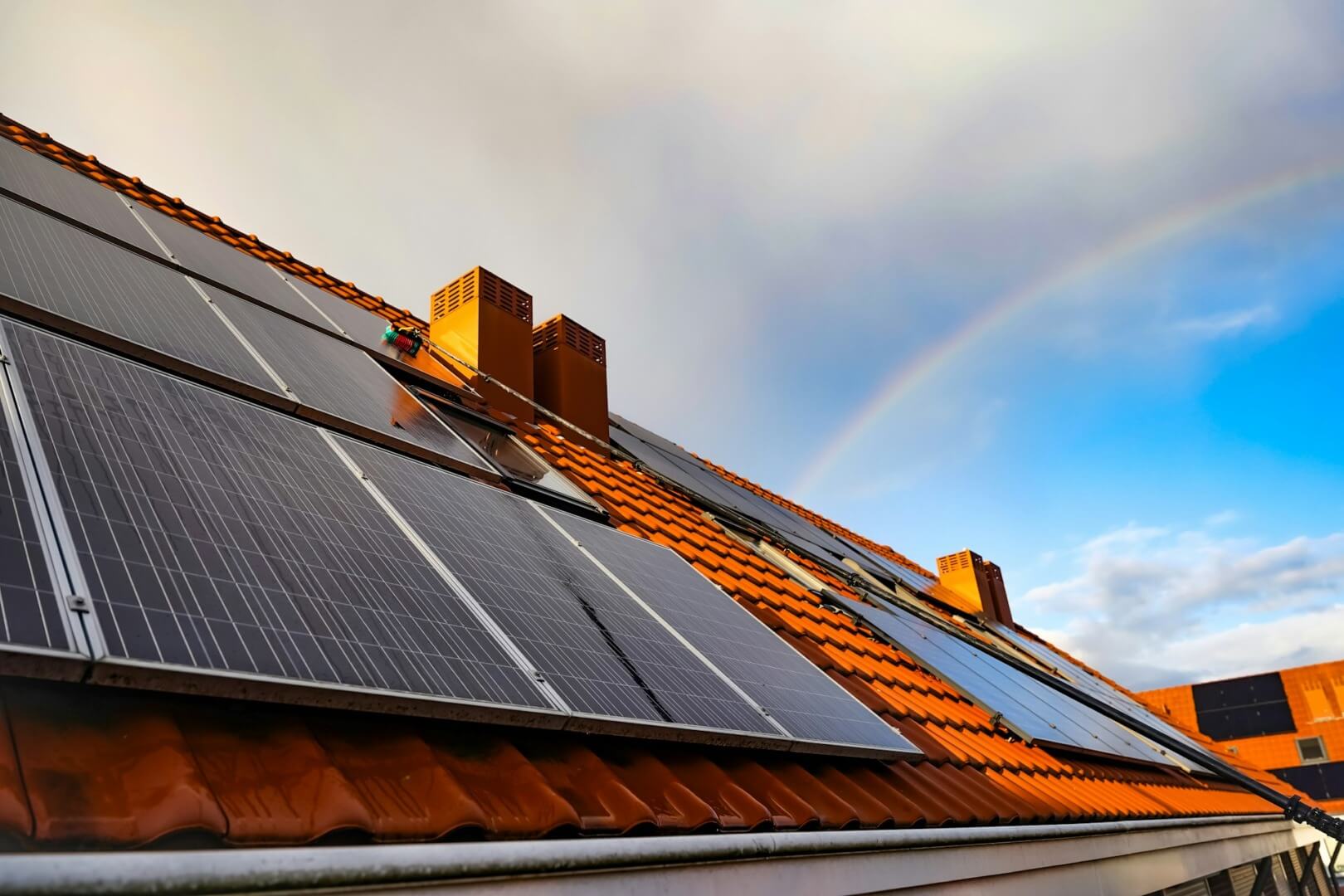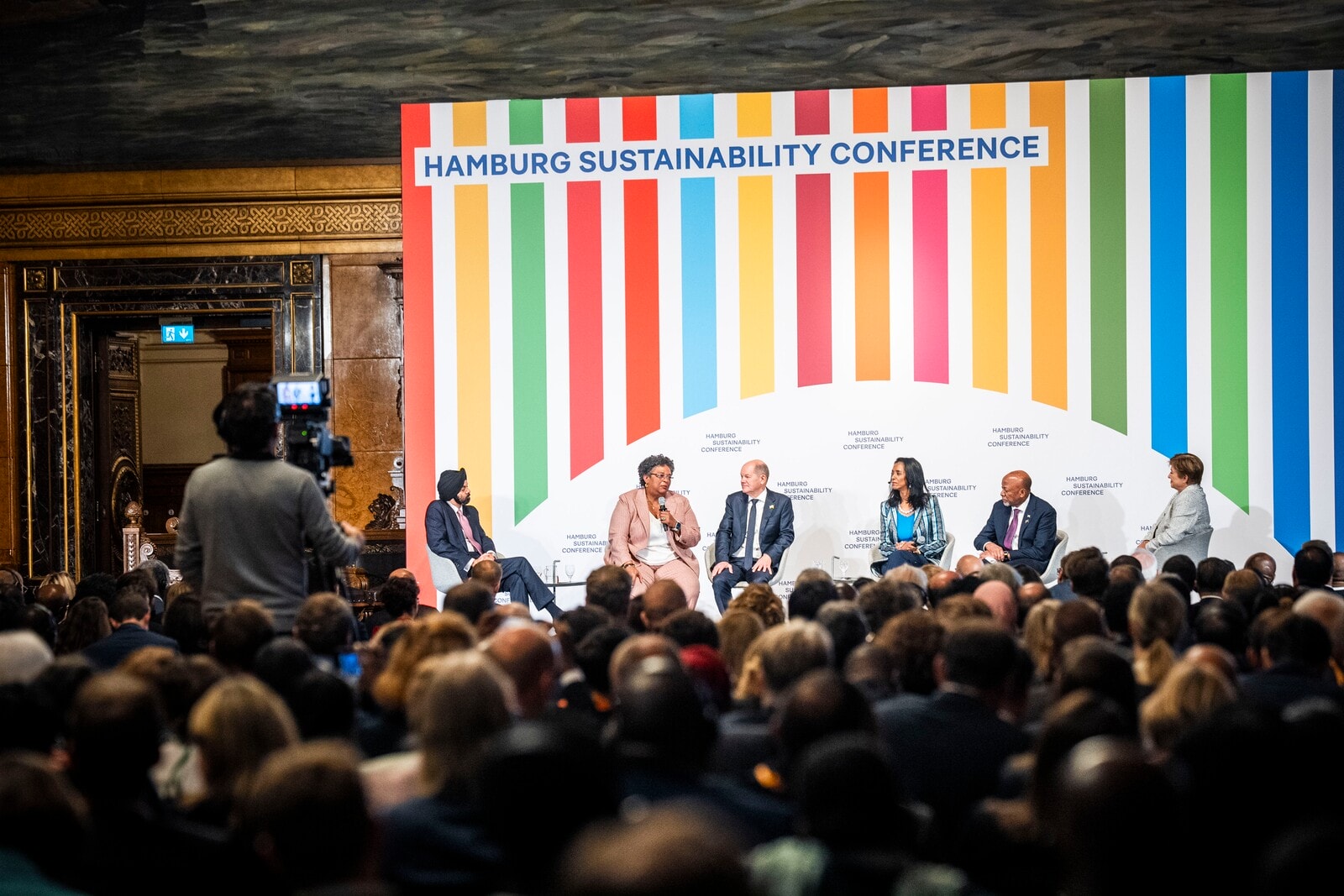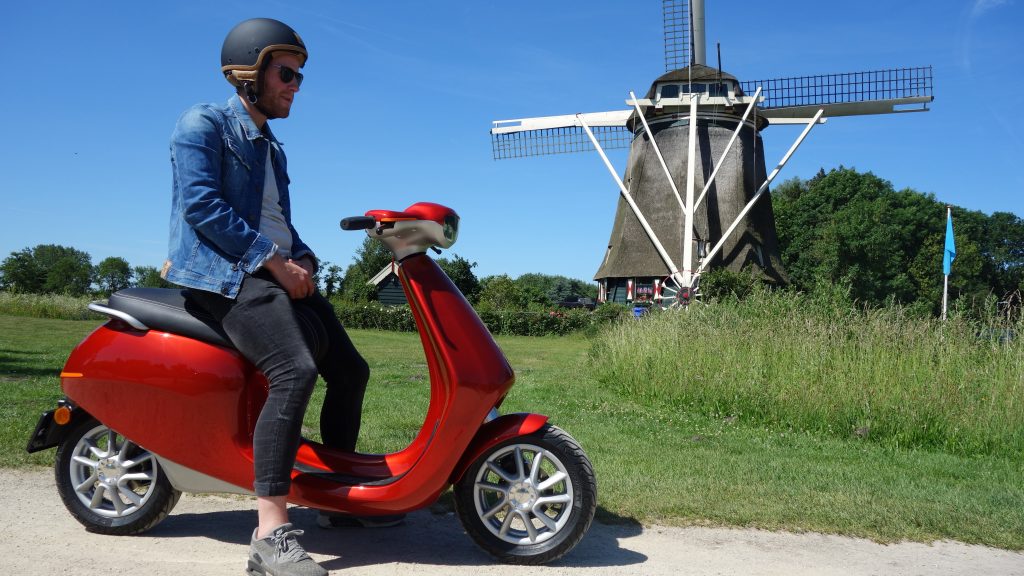Combining the ultimate luxury food with the ultimate superfood may just be the most exciting combination since strawberries and cream. The Algae Factory is a dutch company based around quality combinations in their products, and also in their manufacturing methods. They have had great success not only in tying together healthy and delicious foods, but also their production techniques and charitable solutions, I spoke to Stefania Abonna, co-founder, to find out more.
Q: Can you give me a quick background behind The Algae Factory, where did it all begin and what was the main ambition?
S: The Algae Factory started two years ago when I met Pierluigi who is the other co-founder. We did our study in Italy and then in the US and then we worked for a little bit, I was working in the food sector and he was working in the agriculture sector.
We both decided to do a masters in the Netherlands, this was where we met. I was doing a masters in food technology and he was doing food science. Pierre Luigi was growing micro-algae in southern Italy and I happened to be a consumer of spirulina, as I don’t consume a lot of meat because of the antibiotics in them. The need for another source of iron led me to spirulina consumption.
Pierre Luigi and I began to talk about algae, in particular the fact that you can only find it as a food integrator such as powder form or pills. We concluded that it would be cool to combine it into a food.
Chocolate was the obvious option, because the trend of chocolate is increasing. Also, there is a need for the food industry to make chocolate healthier, so we decided to make healthy chocolate.

In the Photo: Chocolate and Spirulina Photo Credit: The Algae Factory
Q: Your charitable and sustainable output is tied to your manufacturing and production, could you tell us more about this?
S: We decided we wanted to have an impact on society, so we contacted a Swiss NGO called the Antenna Foundation that has been working for twenty-five years in the production of Algae. They support small producers in Africa and in India, helping them sell algae, and use it in their program to fight malnutrition.
Spirulina acts as a good first nutrition for people who are starving, after a week of consuming it you can begin to eat real food.
The algae we use is from Togo, and, at the beginning we thought we could emulate the Toms (shoes) business model of one purchase to one donation, but we were too small a company and the cost was too high. The system we have now, is 50% of the algae we buy gets left for Antenna to use for their program.
The Algae Factory has decided from its very beginning to develop and implement a BITE4BITE Corporate Social Responsibility model that impacts both developed and developing countries alike.
Every time you take a bite at our chocolate bars, you actively participate in building a spirulina farm in Africa.

In the Photo: Togo infant enjoying a dose of nourishing spirulina Photo Credit: The Algae Factory
Q: How did this relationship with Antenna begin, and, how has it changed production?
S: The desire to know more about algae, and the supply process led us to the discovery of French algae producers and we got in touch with them. They told us that they only produce in France during the summer, and then go to Africa in the winter to work for Antenna helping grow algae and teaching local farmers.
At this point we started our collaboration with Antenna because we liked the idea of helping local communities and also there was the added bonus of being able to perform quality control checks to ensure the pools aren’t contaminated.
So our idea at the moment, as I said, is that we buy 100% of our algae and leave 50% with Antenna. We are currently talking with them to develop our food product containing the algae, but we cannot use chocolate because it will melt in Togo. So, we are thinking of doing a different product with a local ingredient like banana.
It is important to find a good food base to combine the algae with because the children in Togo do not like the taste of spirulina. Also, it means we can continue buying the algae from them to develop a specific product for that market.
Related Article: “LIFE SAVING DELICIOUSNESS: YOUR SUPERFOODS INTERVIEW” by Leo Cammish
Q: Algae is also commonly used for a blue food colorant, do you think that its application as a natural food colorant overshadows its more nutritional uses?
S: The colorant is an extract from algae, you need the algae first and then you can extract the colorant. To do this you need to be a medium to large company because it is a very expensive process. It’s very popular, M&M’s have used this process to get a natural colorant for the blue sweet. The FDA has approved it. In Europe it isn’t approved yet but it is on the horizon.
It will be a huge market because the consumer knows more about food, and they want a more natural ingredient. As a food integrator the consumption of algae was popular in America and Asia, but now there’s a change in Europe, there are so many products in London now.
We are moving from a niche to a better-known product. One can draw parallels with the journey of soy. It took ten-twenty years. We are moving in the right direction but it’s slow. There are many products which you can consume which have high protein content so it’s a crowded market.
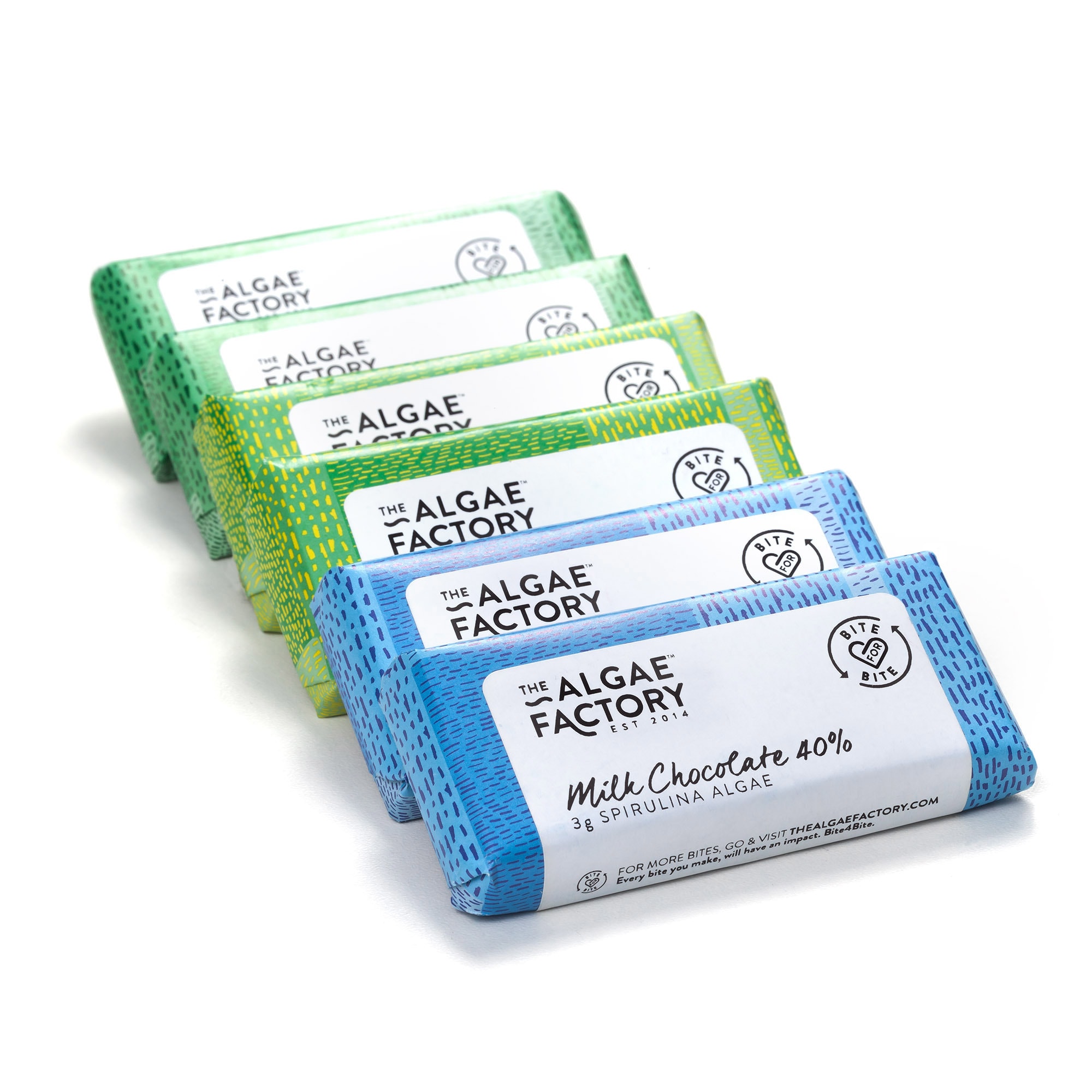
In the Photo: The Algae Factory Products Photo Credit: The Algae Factory
Q: How do you plan to develop the business over the next few years?
S: We are now developing different products, a drink and a salt snack for the European and American markets. We want to show that with this ingredient you can make different kinds of products, such as pasta with lower carbohydrates.
Spirulina is pretty expensive right now, so if you want to have a high quality product you have to spend more. There is a range of spirulina, the cheaper products come from Asia and Eastern Europe. Quality is an issue because they can contain contaminants like heavy metal. The consumer needs to be educated about this, the lower the price the lower the quality.
I hope we will be able to do different types of products. We are collaborating on an algae burger, which I hope will become more common, consumers will be trying it soon. In ten years’ time, I expect we will be a much larger company.
EDITORS NOTE: The opinions expresses here by Impakter.com columnists are their own and not those of Impakter.com


